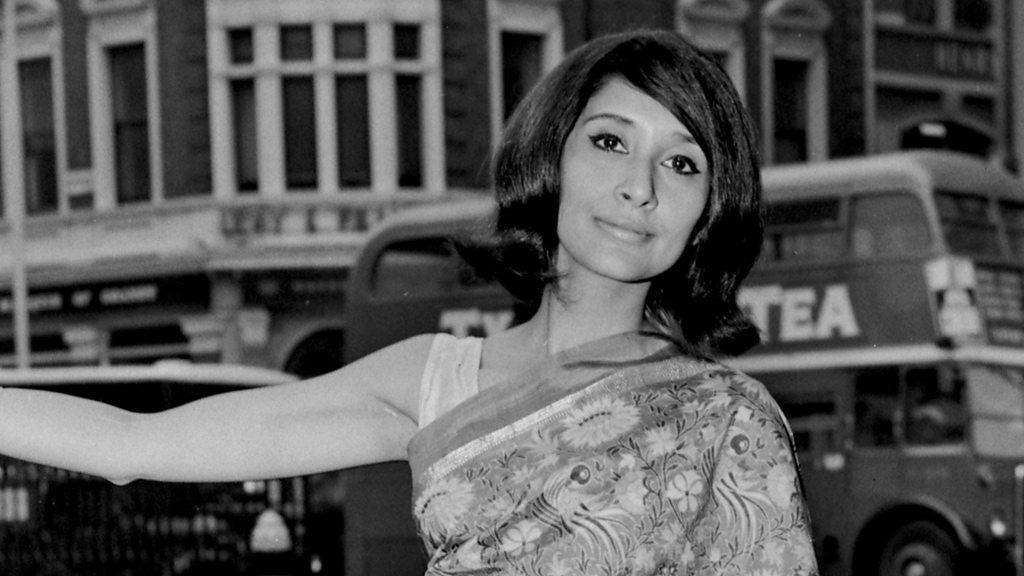Nirula's: How Deepak Nirula made burgers and pizzas popular in India
- Published
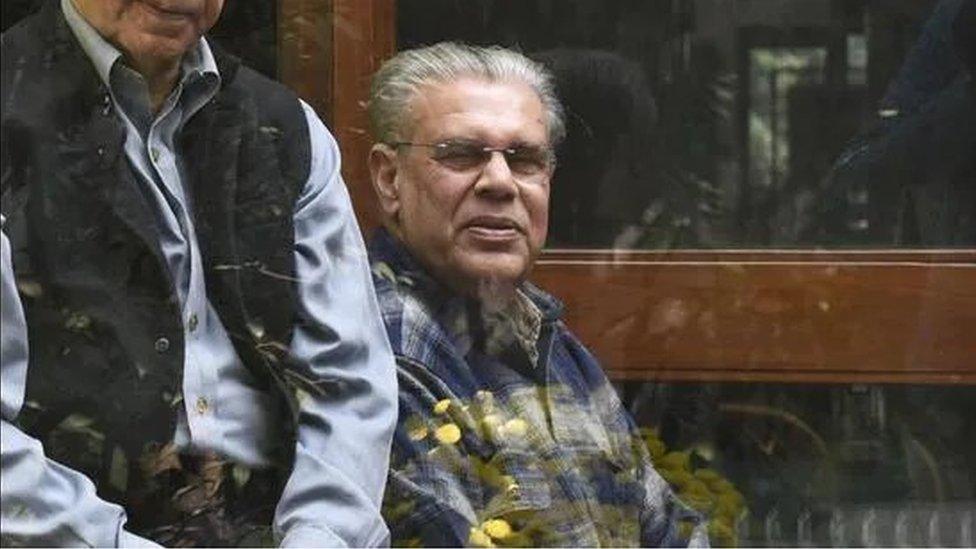
Deepak Nirula, the man behind India's best hot chocolate fudge, died earlier this month
The death of the man behind India's first fast-food chain Nirula's has evoked a flurry of memories.
For anyone who grew up in capital Delhi during the 1970s and 1980s, Nirula's - run by the family of Deepak Nirula who died last week - is more than a restaurant. It's an emotion.
The restaurant transformed the eating-out culture in the city and introduced an entire generation to fast food, American style, before McDonald's and KFC came into the country. For many it was synonymous with its hot chocolate fudge.
Allow X content?
This article contains content provided by X. We ask for your permission before anything is loaded, as they may be using cookies and other technologies. You may want to read X’s cookie policy, external and privacy policy, external before accepting. To view this content choose ‘accept and continue’.

Nirula's story goes back to 1942, when the city's iconic Connaught Place - a Georgian-style circular colonnade - was still developing.
Two brothers Lakshmi Chand Nirula and Madan Nirula rented a large ground floor establishment in the neighbourhood, opened a restaurant serving continental and Indian food and named it Nirula's Corner House.
It was an instant hit. The restaurant became famous for bringing many firsts into the city, from the food to the cabarets, flamenco dances and magic shows it offered.
In an essay published in Seminar, external, a journal, Deepak Nirula's brother Lalit Nirula wrote about a regular customer - young cavalry officer in the early '40s, posted in Delhi during the war: "He would motorcycle down to our restaurant once a week to have 'desi khana' [traditional Indian food], as all he got in his very pukka British Army Mess was insipid British food!"
But things changed after 1947 when India gained Independence. As customers dwindled, the family decided to close down the restaurant and open three new outlets in the same place.
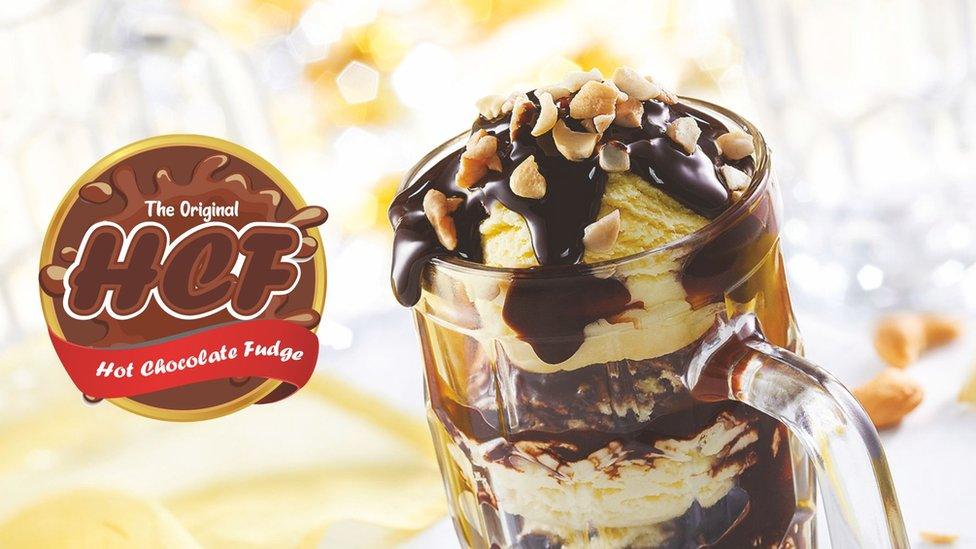
Nirula's hot chocolate fudge is still very popular
This included a 150-seat modern café, a French brasserie and the first Indian-run Chinese restaurant, which ran successfully for over 50 years.
In the years to come, the family experimented and opened several other "speciality" restaurants in the area, which brought pizzas, burgers, soft drinks and new ice cream flavours within the reach of the Indian middle class.
The restaurants soon became so popular that both "maharajahs and taxi drivers visited it and even ended up sharing tables, where they ate food standing", Lalit Nirula wrote.
And just like that, Nirula's became the extension of the city, quietly witnessing all the history made inside and outside the inns and shops that dot the iconic boulevard of Connaught Place.
Allow X content?
This article contains content provided by X. We ask for your permission before anything is loaded, as they may be using cookies and other technologies. You may want to read X’s cookie policy, external and privacy policy, external before accepting. To view this content choose ‘accept and continue’.

It was a place where people - young and old - would come to celebrate over ice cream, indulge with friends and drift into occasional dalliances with their first dates.
"Nirula's was emotion for every kid growing up in Delhi. I still remember how they rewarded every kid for scoring well in exams or on their birthday," a social media user wrote.
For some, the place is also synonymous with a time when one could gorge on fast food with little concern about its impact on their health.
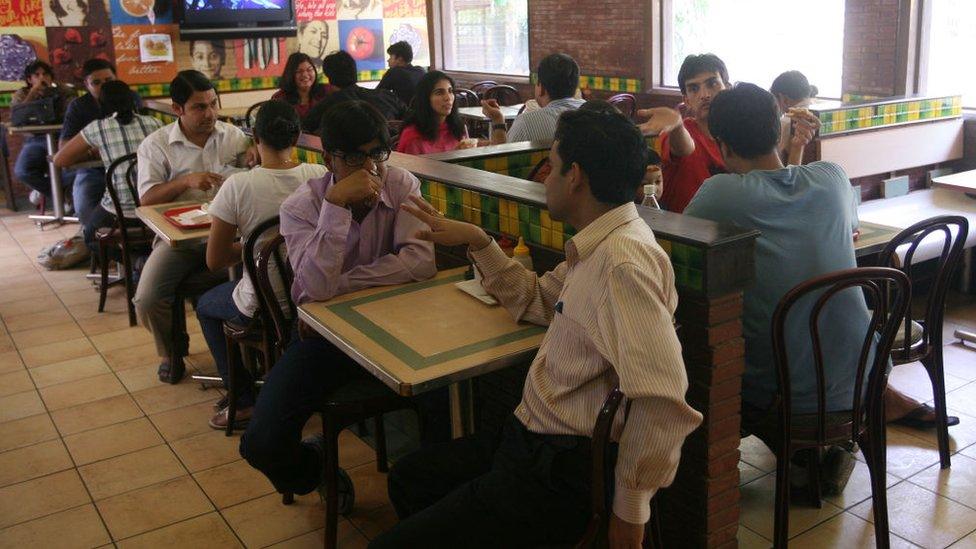
The fast food brand expanded its footprint all over Delhi
A friend says: ''First I used to go with my parents and then with friends and eventually with my boyfriend. They had so many wonderful flavours, perfect for every occasion."
They still do.
Decades on, Nirula's continues to be a neighbourhood institution loved for its authenticity. It doesn't aspire to challenge the elegance of its new counterparts. With its classic bright red and white aesthetics, the place retains its old school charm.
While the restaurant has reinvented its menu over the years, some of the classics - like the hot chocolate fudge - are still going strong.
The fudge, served in a tall cup and eaten with a long spoon, has a swirl of intensely concentrated hot chocolate syrup that streaks tufts of vanilla ice cream. Some nuts sprinkled on the top add their crunch.
Allow X content?
This article contains content provided by X. We ask for your permission before anything is loaded, as they may be using cookies and other technologies. You may want to read X’s cookie policy, external and privacy policy, external before accepting. To view this content choose ‘accept and continue’.

The standard properties of ice cream - too creamy or icy - don't apply to it. It is cold to touch, hot to eat and simply too delicious to describe. The hot chocolate fudge has to be bitten into and devoured, slowly.
As a social media user put it: "Maybe it's nostalgia but Nirula's Hot Chocolate Fudge Sundae was spectacular. Nothing used to compare to it."
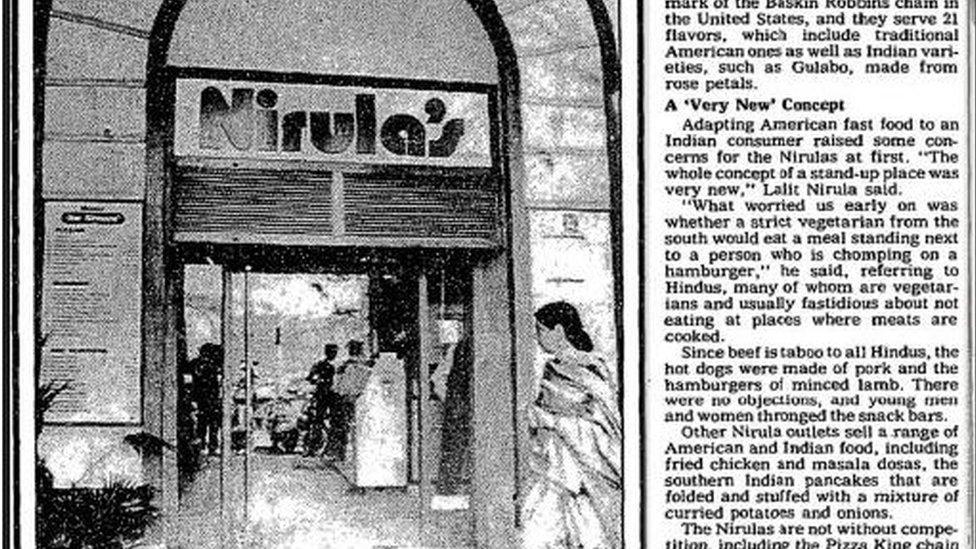
The New York Times wrote about Nirula's popularity
In her book Why You Eat What You Eat, Rachel Herz says that comfort foods are "usually foods that we ate as children because, when it comes to aromas and flavours, our first associations are the ones that stick most indelibly".
"When we eat them, we are caressed by the comfortable feelings and memories of affection and affiliation they evoke."
And even though defining comfort food in city as diverse as Delhi is practically impossible - perhaps even short-sighted - the delights of eating a burger and ice cream at a Nirula's restaurant can hardly be overstated.
In an age when marketers tried to tap into memories to sell products, Nirula's served it - generously and passionately.
The restaurant, for many, is also a way of remembering the past, a simpler time. And while the times were hardly as simple, they just seem vaguely better, looking back, and especially over a glass of their hot chocolate fudge.

Read more India stories from the BBC:

- Published7 May 2022
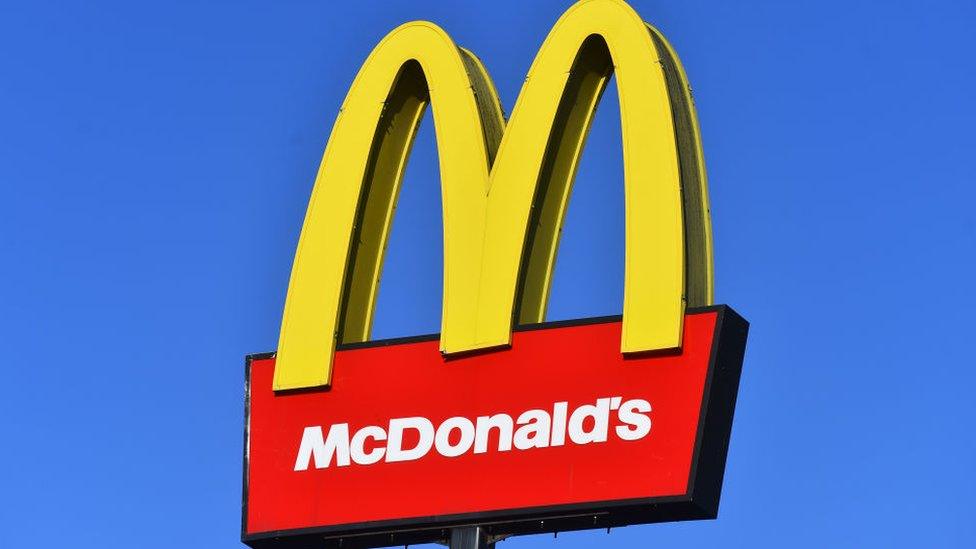
- Published19 August 2022

- Published3 September 2022
